The WFP says aid is being cut by 60 percent for the most vulnerable groups, including pregnant women and disabled people.
Residents of the Kakuma and Dadaab refugee camps were beginning to feel the impact of food aid cuts on Monday as the WFP implemented a new assistance system there in which certain groups are prioritised over others.
The WFP said aid is being cut by 60 percent for the most vulnerable groups, including pregnant women and disabled people, and by 80 percent for refugees with some kind of income.
The two camps host nearly 800,000 people fleeing conflict and drought in Somalia and South Sudan, according to the United Nations High Commissioner for Refugees (UNHCR).
“WFP’s operations supporting refugees in Kenya are under immense strain,” Baimankay Sankoh, WFP’s deputy country director in Kenya, said in May. “With available resources stretched to their limits, we have had to make the difficult decision to again reduce food assistance. This will have a serious impact on vulnerable refugees, increasing the risk of hunger and malnutrition.”
“There has been a lot of tension in the last couple of weeks or so,” Al Jazeera’s Catherine Soi said, reporting from Kakuma.
“People were very angry about what WFP is calling the priority food distribution, where some people will not get food at all and others are going to get a small fraction of the food.”
These tensions boiled over, triggering protests last week, which left one person dead and several others injured, said Soi, adding that WFP officials she spoke with said the aid cuts from organisations like USAID meant they have had to make “very difficult decisions about who gets to eat and who doesn’t”.
WFP worker Thomas Chica explained to Soi that the new system was rolled out after assessments were conducted by WFP and its partners.
Refugees are now assessed based on their needs, rather than their status, said Chica. “We need to look at them separately and differently and see how best we can channel the system so that it provides.”
The impact of these cuts is severe amid concerns over malnutrition. The Global Acute Malnutrition (GAM) rate among refugee children and pregnant or breastfeeding women in Kenya is above 13 percent. A GAM rate over 10 percent is classed as a nutrition emergency.
“Already the food that is being issued is quite low, 40 percent of the recommended ration, and this is being shared by a bigger chunk of the population,” Chica said, adding that stocks will therefore not last as long as hoped.
This reduction took effect in February and is based on a daily recommended intake of 2,100kcal.
With its current resources dating from last year, WFP will only be able to provide assistance until December or January, said Chica.
WFP said in May that $44m was required to provide full rations and restore cash assistance for all refugees just through August.

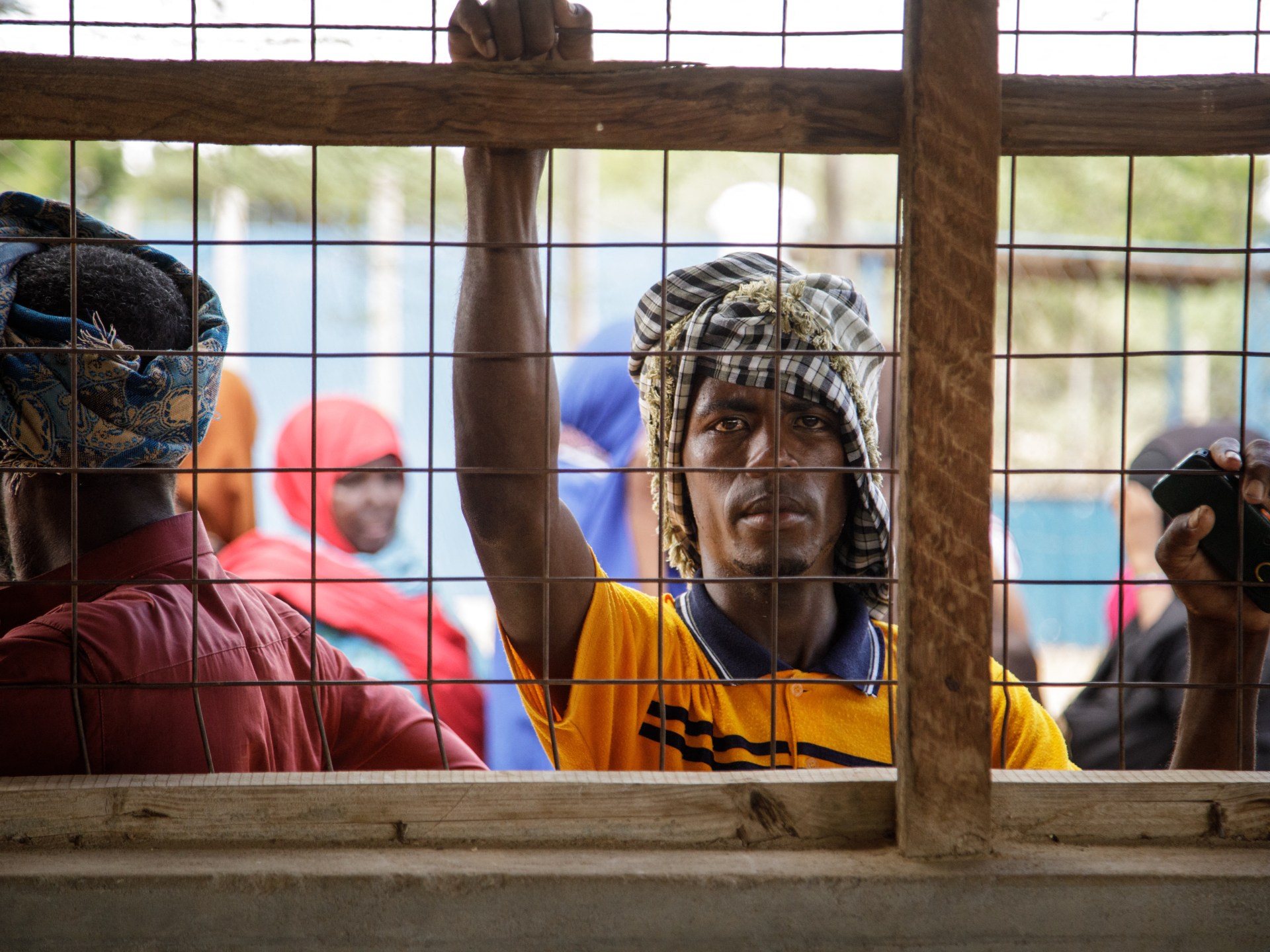
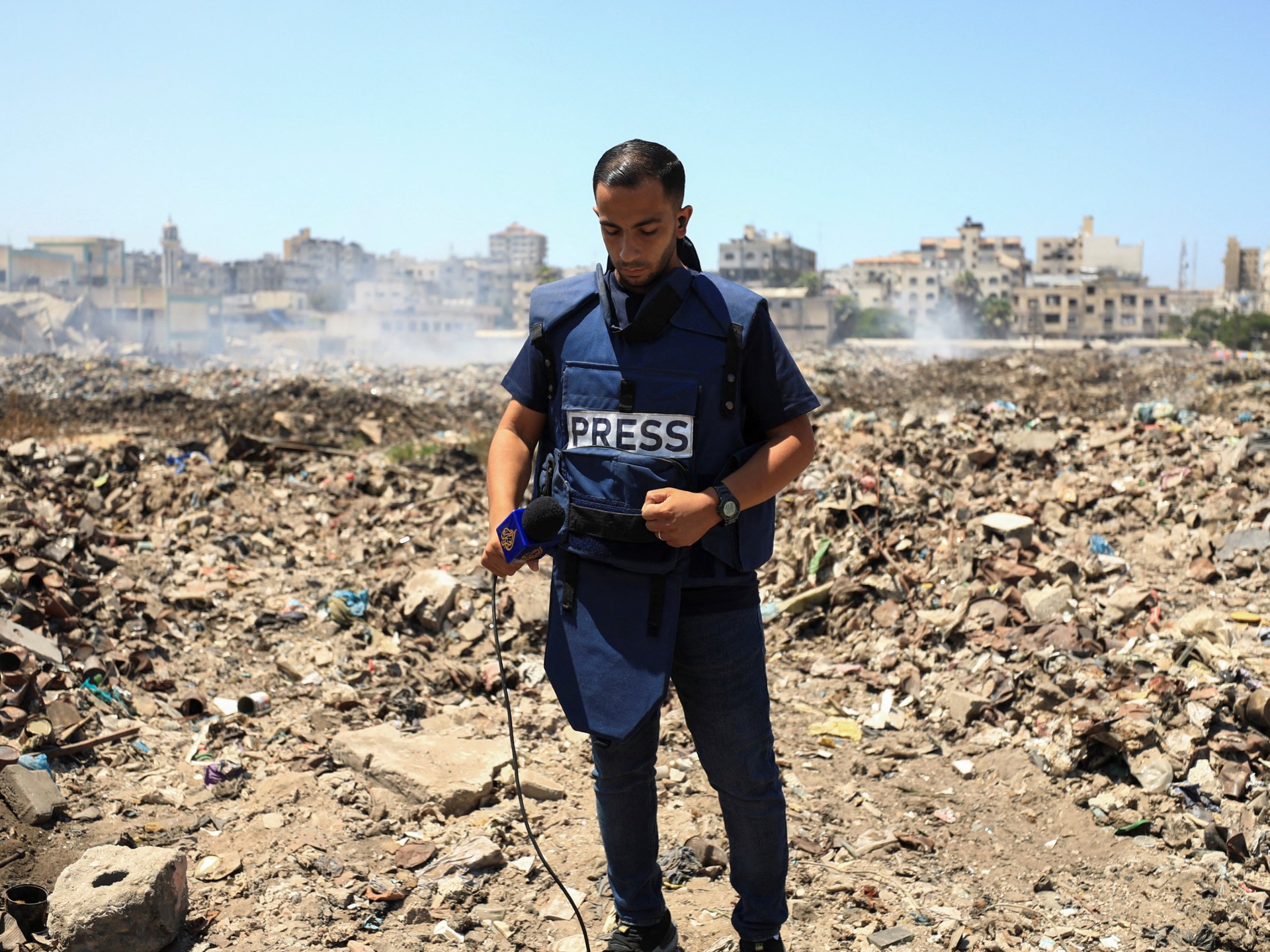


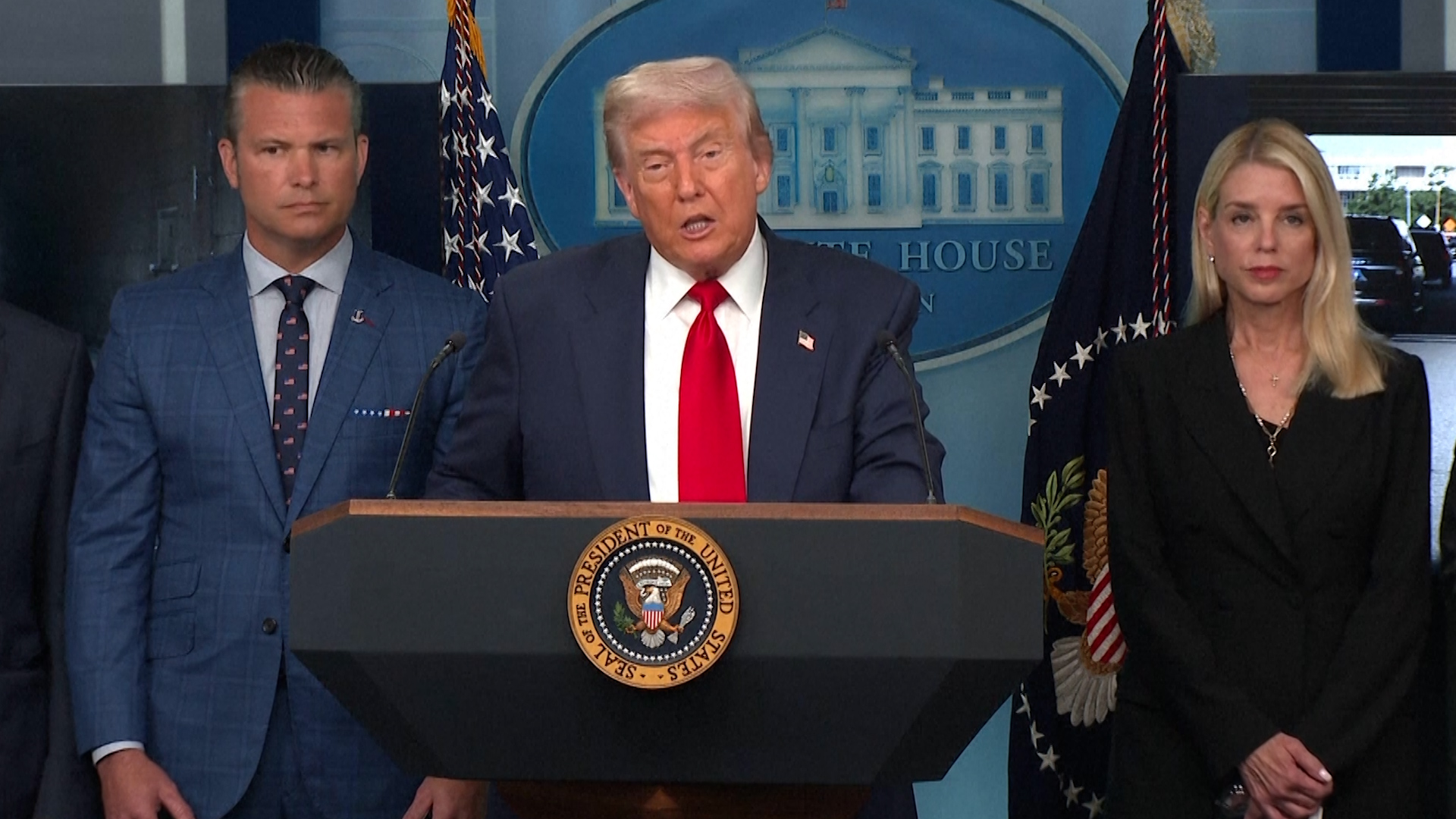
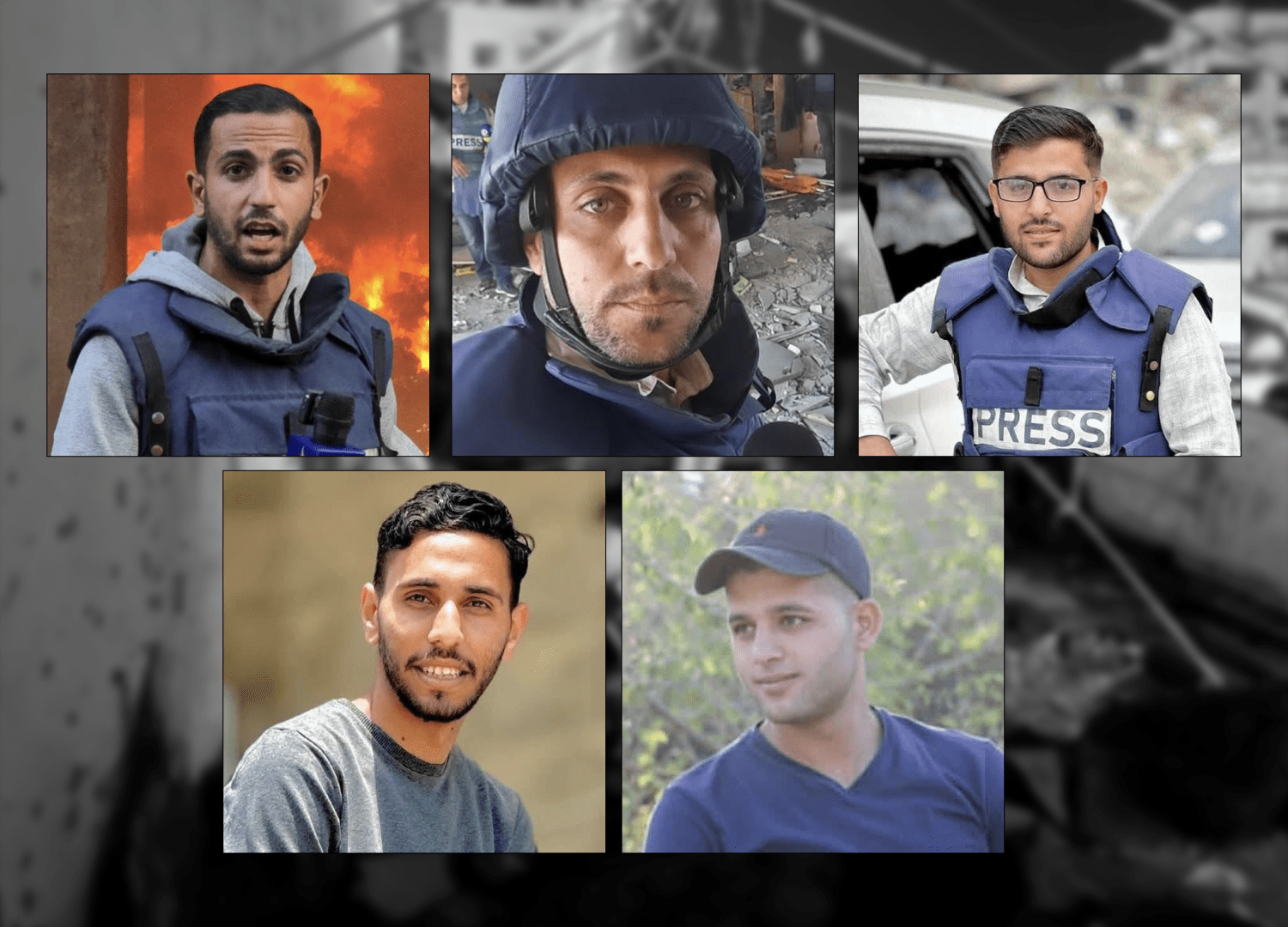
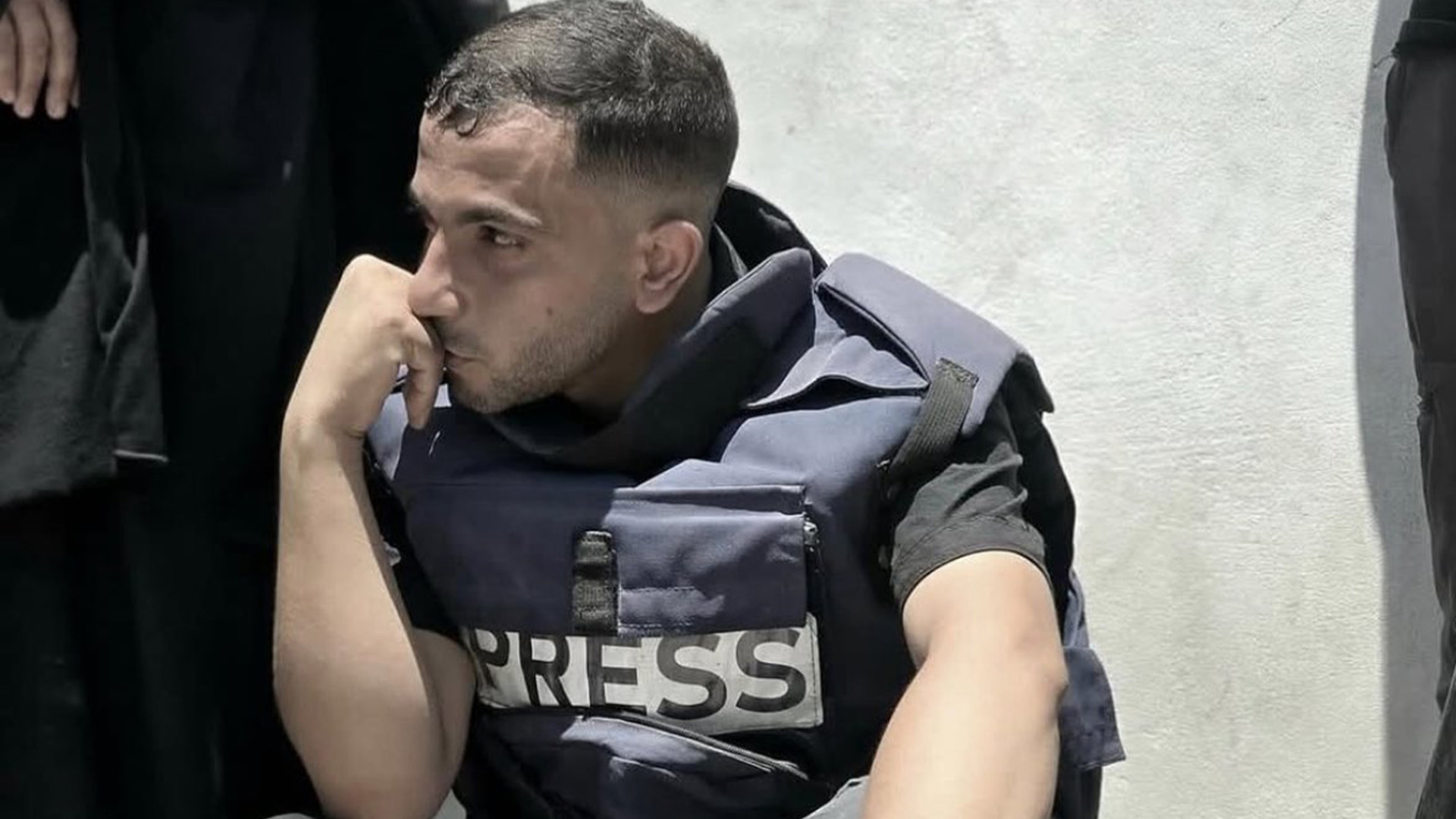

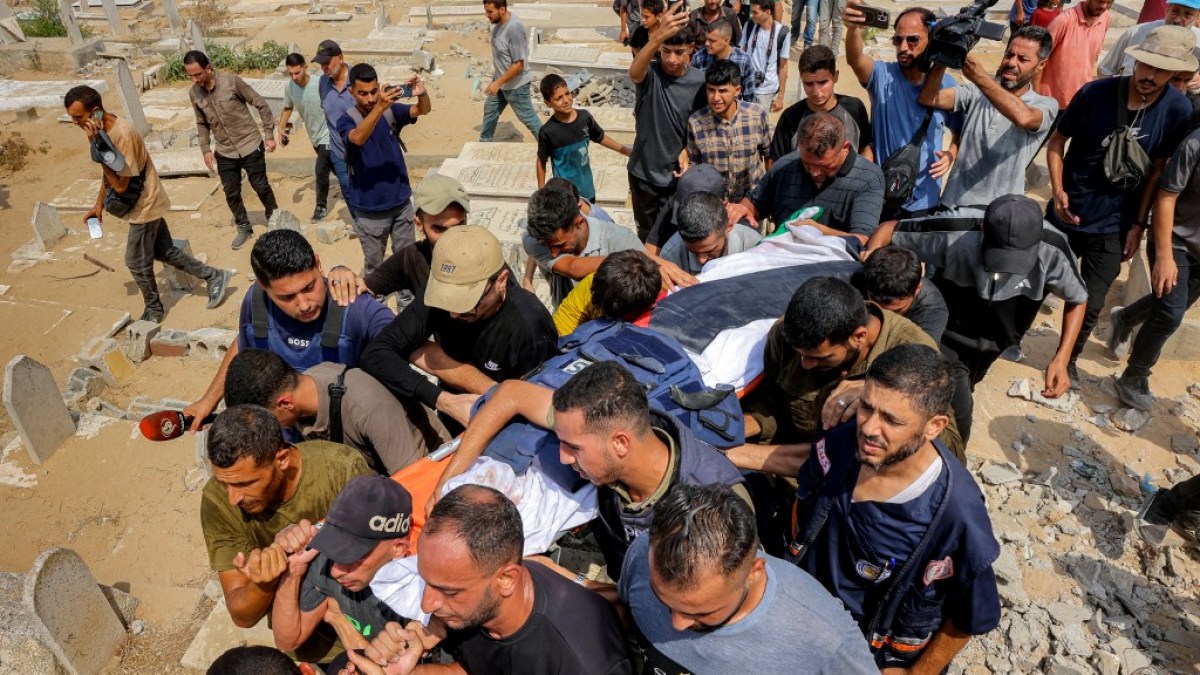






Leave a Reply